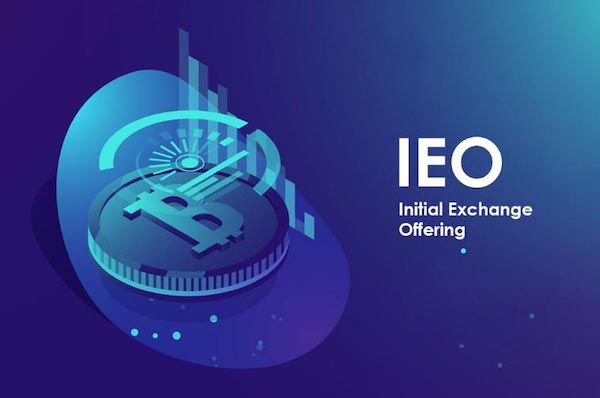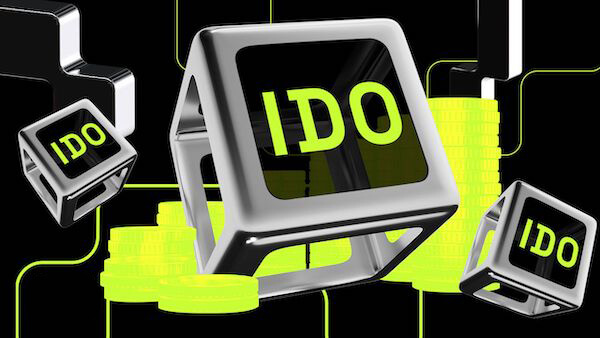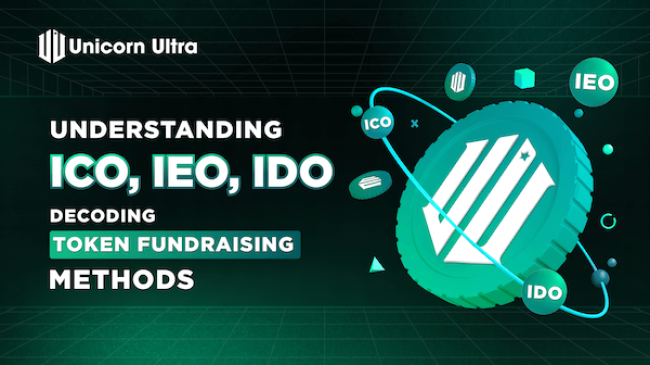Table of Contents
What Is ICO?
Definition of ICO
An Initial Coin Offering (ICO) is a fundraising method used by cryptocurrency startups to raise capital. It involves the issuance and sale of a new cryptocurrency token to investors and early adopters. In return, investors receive these tokens, which may represent future utility or ownership in the project.

History of ICO Development
ICOs gained prominence around 2017 when projects like Ethereum and others successfully raised funds through this method. However, due to the lack of regulation and numerous scams, ICOs faced increased scrutiny, leading to a decline in popularity.
What is IEO?
Definition of IEO
An Initial Exchange Offering (IEO) is a fundraising method where a cryptocurrency exchange facilitates the token sale on behalf of the project. Unlike ICOs, where projects independently market and manage their token sales, IEOs are conducted on a trusted exchange platform. Investors use the exchange's accounts to participate in the sale.

Development History of IEO
IEOs gained traction in 2018 as a response to the issues surrounding ICOs. Exchanges conducted due diligence on projects, offering investors a layer of security. The exchange's reputation played a significant role in the success of IEOs.
What is IDO?
Definition of IDO
An Initial DEX Offering (IDO) is a fundraising method conducted on decentralized exchanges (DEXs). IDOs empower projects to launch their tokens directly on DEXs, granting liquidity and accessibility to a wide range of users. Investors can participate in IDOs using their wallets without the need for intermediaries.

Development History of IDO
IDOs emerged as a natural progression from the decentralized finance (DeFi) boom in 2020. They provide projects with a more decentralized and inclusive means of raising funds, aligning with the principles of blockchain technology.
The Differences among ICO, IEO, IDO
While ICOs, IEOs, and IDOs share the goal of raising funds, they differ in several key aspects:

- Centralization: ICOs are typically the most decentralized, with projects conducting sales independently. IEOs rely on centralized exchanges, while IDOs are entirely decentralized, and conducted on DEXs.
- Trust and Security: IEOs offer a layer of trust due to the involvement of reputable exchanges. ICOs and IDOs may vary in terms of trustworthiness, depending on project diligence.
- Accessibility: ICOs and IDOs provide broader accessibility, as users can participate with wallets. IEOs may limit participation to users of the hosting exchange.
- Regulation: ICOs and IDOs often operate in a regulatory gray area, while IEOs may adhere to some regulatory standards.
Conclusion
Understanding the nuances of ICOs, IEOs, and IDOs is crucial for investors and blockchain enthusiasts. Each method has its advantages and challenges, making it essential to consider the project's goals and the level of decentralization desired when choosing a token fundraising method.
As blockchain technology continues to evolve, so too will these fundraising mechanisms, adapting to meet the ever-changing demands of the crypto landscape.






